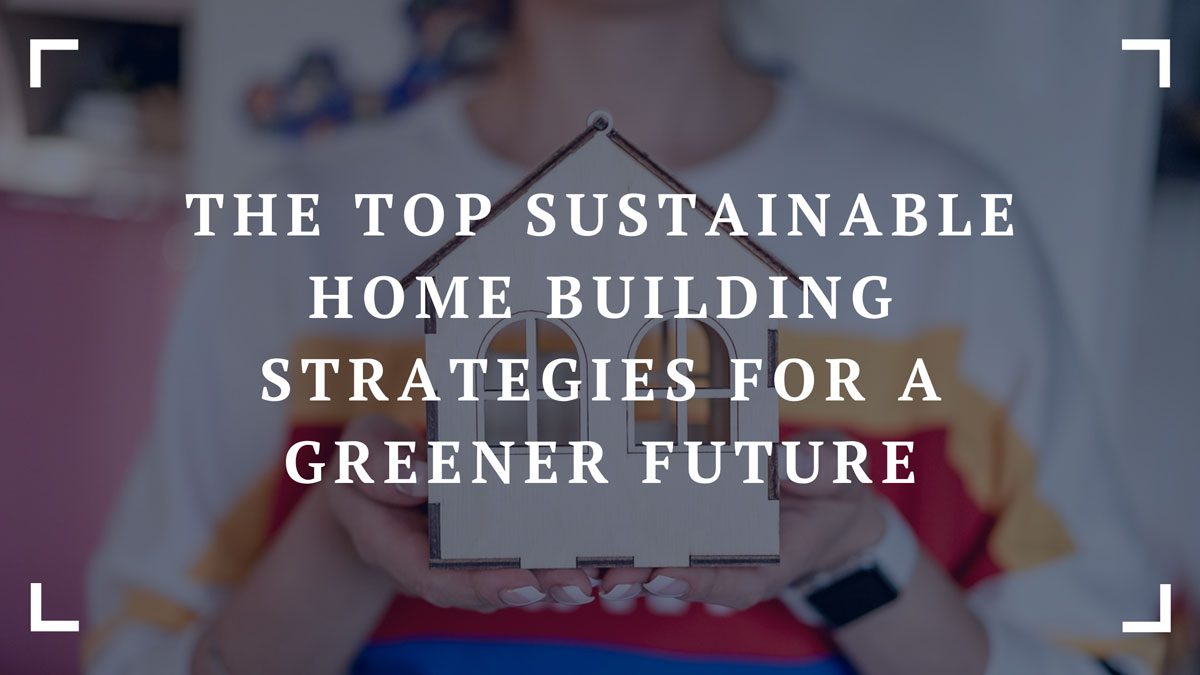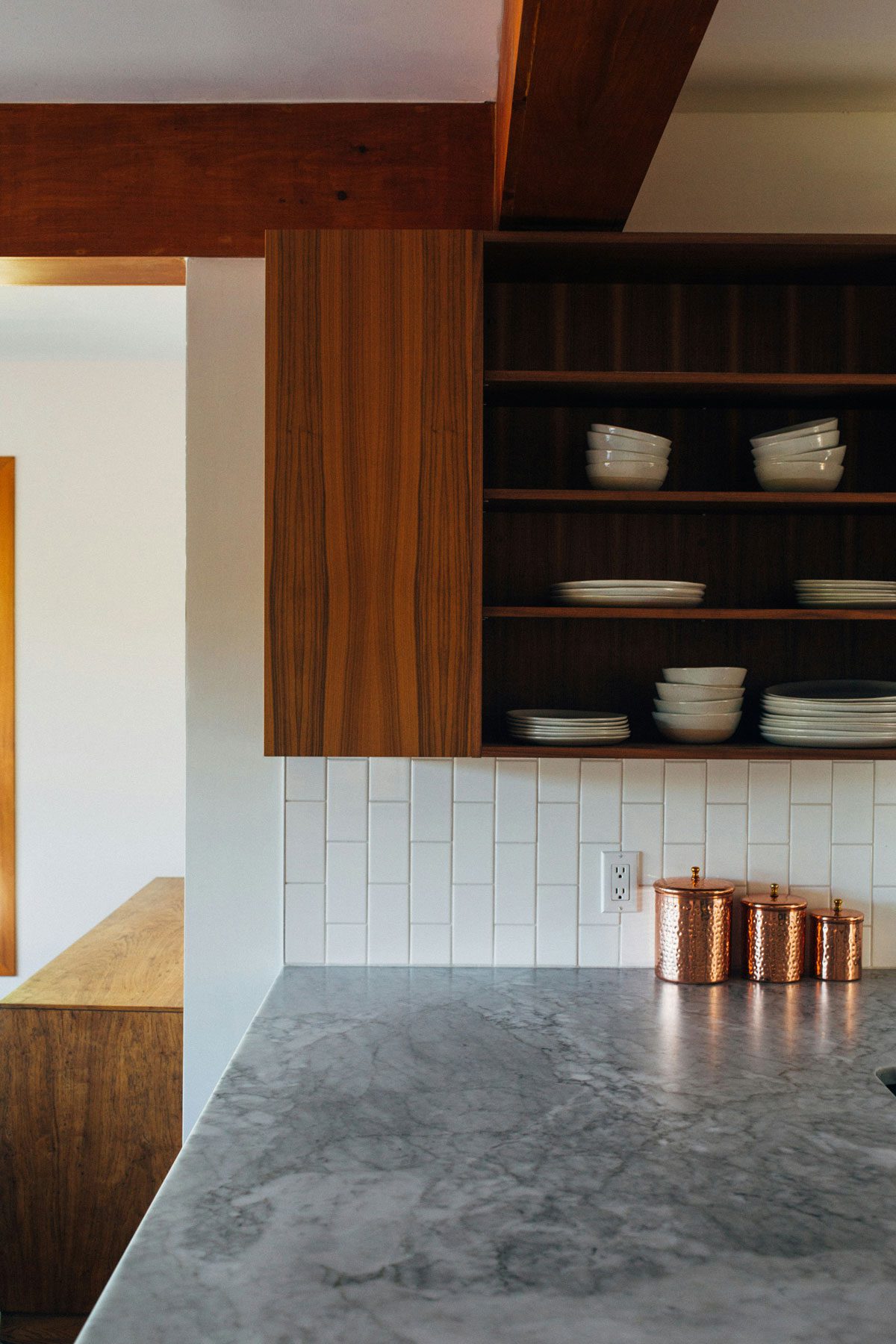As the world becomes increasingly aware of the need for environmental sustainability, the focus on building homes that are both eco-friendly and energy-efficient has never been greater. This post aims to highlight innovative and practical approaches to residential construction that minimize environmental impact while maximizing energy efficiency and occupant health.
From harnessing renewable energy sources to utilizing sustainable materials and smart technology, these strategies are designed to pave the way for a more sustainable and environmentally conscious approach to home building, ensuring a greener, more sustainable future for generations to come.

Incorporation of Renewable Energy Sources
Incorporating renewable energy sources such as solar panels, wind turbines, and geothermal heating systems is paramount for sustainable home building. These technologies allow homes to produce clean, renewable energy, reducing reliance on fossil fuels and decreasing greenhouse gas emissions. Solar panels, in particular, have become more affordable and efficient, making them an excellent investment for homeowners seeking to diminish their carbon footprint and energy costs.
Also, the increasing popularity of smart homes and Internet of Things (IoT) devices has made it easier to monitor and optimize energy usage, further reducing environmental impact. For example, smart thermostats can automatically adjust temperature settings based on occupancy and weather conditions to minimize energy consumption.
Utilization of Sustainable Building Materials
Utilizing sustainable building materials is another critical aspect of eco-friendly home construction. Materials such as bamboo, recycled steel, and reclaimed wood not only reduce the environmental impact associated with the extraction and processing of raw materials but also offer durability and aesthetic appeal. By choosing such sustainable options, homeowners can ensure their residences are built with a minimal ecological footprint.
For starters, bamboo is a highly renewable material that grows much faster than traditional hardwoods and can be easily harvested without causing deforestation. Reclaimed timber, on the other hand, is sourced from old buildings and structures that are no longer in use. This approach reduces waste and greenhouse gas emissions while preserving the character and history of the wood.
Implementation of Smart Home Technologies
Smart home technologies play a significant role in enhancing the energy efficiency of sustainable homes. Automated systems that control lighting, heating, cooling, and ventilation can significantly reduce energy consumption by adjusting settings according to occupancy and preference. Smart appliances also contribute to energy savings by operating at optimal times to utilize renewable energy or lower electricity rates. As technology continues to advance, the potential for energy-efficient and sustainable living through smart homes will only continue to grow.
Designing for Passive Solar Gain
Designing homes for passive solar gain involves strategically positioning the home and selecting specific materials to naturally regulate temperatures. By leveraging the sun’s energy to heat and light homes during the winter while minimizing heat during the summer, passive solar design reduces the need for artificial lighting and heating, resulting in significant energy savings. This approach also promotes a healthier living environment by increasing natural light and ventilation, improving air quality, and reducing the risk of mold growth.
Rainwater Harvesting Systems
Implementing rainwater harvesting systems is an effective way to conserve water and reduce utility bills. These systems collect rainwater from roofs, which can then be filtered and used for irrigation, flushing toilets, and even for drinking with proper treatment. This strategy not only conserves precious water resources but also decreases the demand for municipal water supply systems. Furthermore, rainwater is free of chemicals and additives that are commonly found in tap water, making it a healthier option for home use.
Enhancing Indoor Environmental Quality
Enhancing the indoor environmental quality of homes is crucial for the health and well-being of occupants. This includes using non-toxic building materials, paints, and finishes that do not emit harmful volatile organic compounds (VOCs). Adequate ventilation systems that filter and bring fresh air into the home are also essential for maintaining healthy indoor air quality.
Green Roofing and Living Walls
Incorporating green roofing and living walls into home design not only contributes to the aesthetic value of the property but also offers numerous environmental benefits. Green roofs provide insulation, reduce heat absorption, and manage stormwater, while living walls purify the air and reduce indoor temperatures. Both strategies enhance biodiversity and can provide residents with fresh herbs, fruits, and vegetables.

The pursuit of sustainability in home building is more than a trend; it’s a necessary shift toward ensuring a healthier planet for future generations. By incorporating renewable energy, utilizing sustainable materials, leveraging smart home technologies, and applying innovative design principles, we can dramatically reduce the environmental impact of our homes.
Not only do these strategies promote energy efficiency and reduce greenhouse gas emissions, but they also offer improved indoor environmental quality and a deeper connection to the natural world. The implementation of these sustainable building strategies represents a critical step forward in the evolution of residential construction, underscoring the importance of responsible stewardship of our planet.


